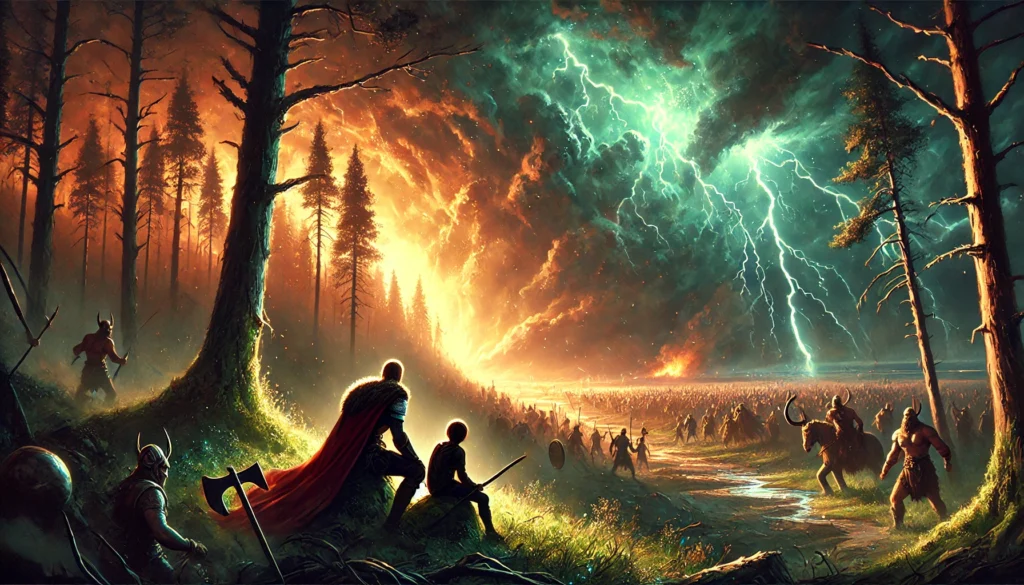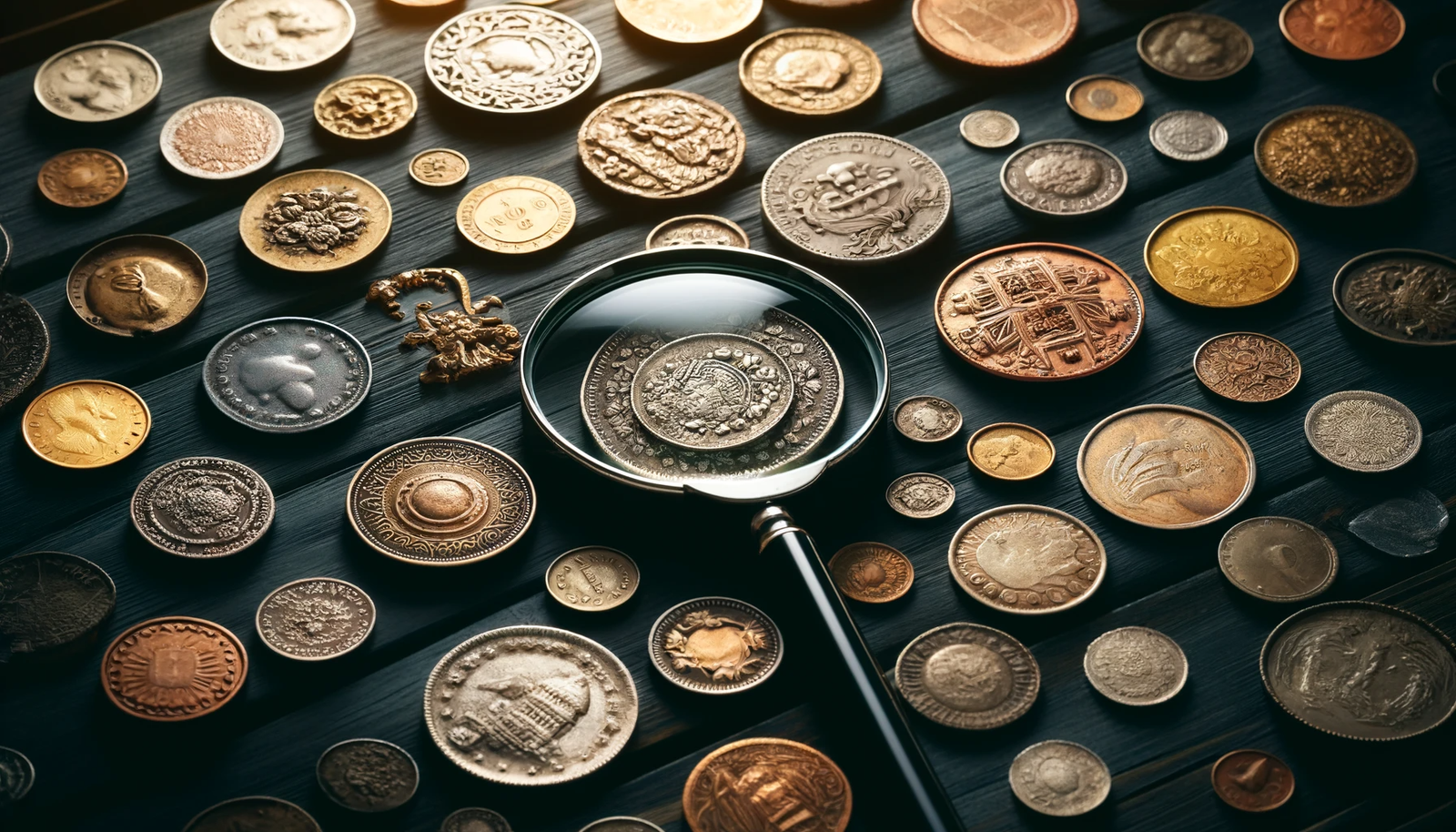In the vast and stormy saga of Norse mythology, few narratives carry the raw cosmic weight of Ragnarok—the twilight of the gods. Unlike Greek myths that often conclude with triumph or transformation, the Norse vision of the end is cataclysmic: gods perish, the world drowns in chaos, and yet, from this destruction, a new earth arises. Today, the Ragnarok modern relevance lies not only in its apocalyptic grandeur but also in its uncanny reflection of contemporary fears and hopes. In a world facing ecological crises, technological disruption, and cultural upheaval, the Norse apocalypse feels more like a forecast than a fable.
The Myth and Its Message

Ragnarok, literally meaning “Fate of the Gods,” foretells a brutal and inevitable confrontation between divine forces and monstrous adversaries. Odin falls to Fenrir. Thor and the serpent Jörmungandr destroy each other. The sky splits, the seas rise, and fire engulfs the world. But crucially, the myth does not end there—two humans survive, and a new world emerges from the ashes.
More than a prophecy of doom, Ragnarok is a cycle of death and rebirth, a symbolic confrontation with chaos that leads to renewal. This duality—destruction as prelude to regeneration—makes the myth particularly resonant in our age.
Ragnarok Modern Relevance in Today’s Challenges
Just as Prometheus’s fire mirrors our technological innovations, Ragnarok casts its long shadow over our present uncertainties. Climate change, for instance, echoes the myth’s fiery finale and rising seas. From melting ice caps to wildfires and floods, our environmental fears align eerily with ancient Norse anxieties. The collapse of known systems—political, ecological, and social—can feel like a modern-day Fimbulwinter, the endless winter that precedes Ragnarok.
In tech spheres, the idea of unavoidable confrontation is mirrored in our dance with artificial intelligence and automation. Like the gods preparing for battle, we brace for transformations we can sense but not fully control.
The story also speaks to cultural and generational clashes. The old gods represent established powers, while the monstrous children—Loki’s offspring—embody the unknown, the marginalized, or the disruptive. In this light, Ragnarok becomes a parable for societal rebirth through the fall of rigid systems.
Norse Mythology in Popular Culture
Ragnarok has thundered into modern entertainment with surprising relevance. From Marvel’s cinematic Thor: Ragnarok, which reimagines the apocalypse as both spectacle and satire, to the brooding, slow-burn Netflix series Ragnarok, the myth is alive in the 21st century. These adaptations transpose the end-times tale into contemporary issues—climate change, identity crises, and resistance against corrupt power.
The 6 Must-Watch TV Shows Based on Myths You Can’t Miss in 2025 list highlights how mythologies like Ragnarok are increasingly woven into modern narratives. These reimaginings not only entertain but invite reflection, inviting audiences to explore ancient wisdom through present-day lenses.
From Cosmic Endings to Personal Renewal
On a personal level, the Ragnarok modern relevance is deeply psychological. The myth offers a metaphor for life’s inevitable upheavals—loss, identity shifts, and reinvention. Just as the old world perishes, individuals often go through their own internal apocalypses, emerging transformed. This aspect has made Ragnarok especially resonant in contemporary self-help and mental health circles, where transformation often follows breakdown.
Spiritual movements reviving Norse traditions also reinterpret Ragnarok not as a final judgment, but as a sacred turning point—an invitation to build anew with intention and clarity.
Conclusion
The myth of Ragnarok is not merely a fantastical tale of divine downfall; it is a mirror held up to modern civilization. Its stark depiction of collapse, paired with the hope of renewal, captures the tension of our times—between dread and possibility, endings and new beginnings. In facing our own societal Ragnarok moments, we are reminded that even in destruction, there is the potential for rebirth.
As ancient wisdom continues to inspire new generations, stories like Ragnarok invite us to confront chaos not with despair, but with courage and imagination. The Norse apocalypse is not just the end—it’s the necessary storm before the dawn.
For readers eager to explore Norse myths in more depth, don’t miss our Norse Mythology for Beginners—a comprehensive introduction to the gods, creatures, and legends of the North.
Let us know—where do you see echoes of Ragnarok in today’s world? Share your thoughts in the comments below. Let’s keep the myth alive in the modern mind.
← Previous Post: Prometheus Myth Impact: Unleashing the Greek Titan in Today’s World



